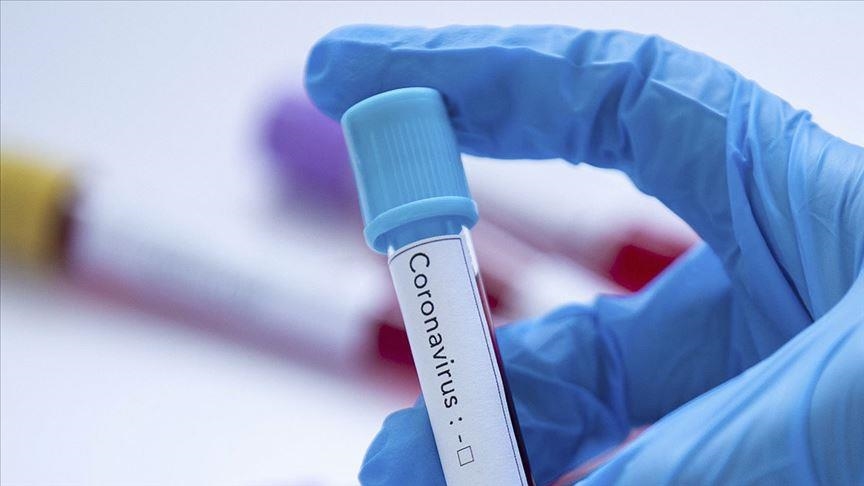The Nigeria Centre for Disease Control (NCDC) has raised the alarm over 880 fresh coronavirus infections reported in Nigeria from July 2 to 8, though with no fatalities.
The NCDC disclosed via its official website on Saturday afternoon, that the country’s commercial capital city, Lagos State, is driving the nation’s latest COVID-19 surge.
- Teni sparks wedding rumours as she flaunts wedding ring
- We won’t bring our relatives into government – Obi’s running mate
Lagos State, the epicentre of the virus, accounted for more than 90 per cent of the new infections with 750 cases.
The data showed that the new cases had raised Nigeria’s infection toll to 258,517, while the fatality toll stood at 3, 144.
The public health agency stated that about 4,206 people were still down with the virus while a total of 250,388 people were successfully treated and discharged so far in the country since the outbreak in February 2020.
Apart from Lagos State, a further breakdown of the latest cases showed that the Federal Capital Territory (FCT) recorded 45 cases, followed by Rivers with 40 infections.
Delta reported 11 cases, followed by Akwa Ibom – 11, Kano – five, Nasarawa – four and Plateau – one.
The agency said that three states: Abia, Kaduna, and Sokoto reported no cases within the time frame.
The NCDC asked religious organisations, community leaders, and Nigerians, in general, to take necessary precautions during the Eid-el-Kabir celebrations.
It added that the number of weekly COVID-19 cases had increased globally for the third consecutive week.
The agency said that COVID-19 might cause severe complications in the elderly and people with underlying medical conditions.
“Take extra precautions to stay safe and avoid crowded places.
“Maintain distance from anyone showing symptoms of respiratory illness, and wash your hands regularly,” it advised.
The News Agency of Nigeria (NAN) reports that the much-awaited summer lull in coronavirus cases doesn’t appear to be happening as COVID-19 infections continue to increase in much of the United States.
An earlier rise in cases this year was driven by the BA.2 Omicron subvariant now, the U.S. Centers for Disease Control and Prevention reported that two other subvariant BA.4 and BA.5, constituted more than 70 per cent of new infections in the country.
These sub-variants might partially escape the immunity produced by the vaccine and by prior infection, though vaccination is still likely to protect against severe illness.
Meanwhile, The National Primary Health Care Development Agency (NPHCDA), said the good news was that the vaccines and boosters continued to provide excellent protection against severe diseases.
Nigeria was also experiencing an uptick in transmission, as the positivity rate had increased steadily from July 2 to 8.
The NCDC did not state which subvariants accounted for the majority of the country’s COVID-19 infections. (NAN)

 Join Daily Trust WhatsApp Community For Quick Access To News and Happenings Around You.
Join Daily Trust WhatsApp Community For Quick Access To News and Happenings Around You.


